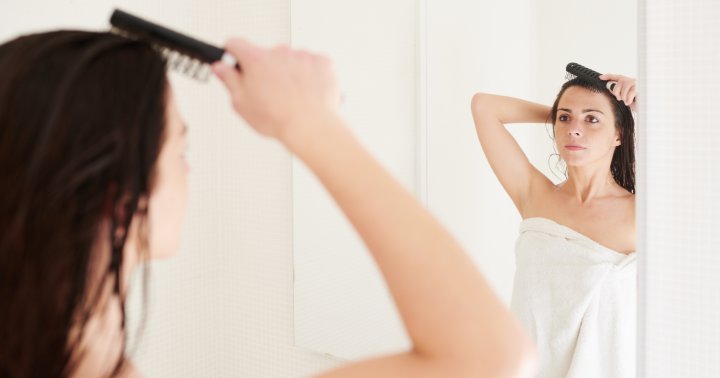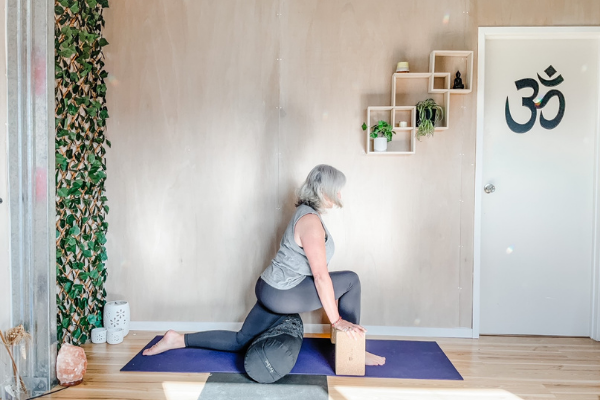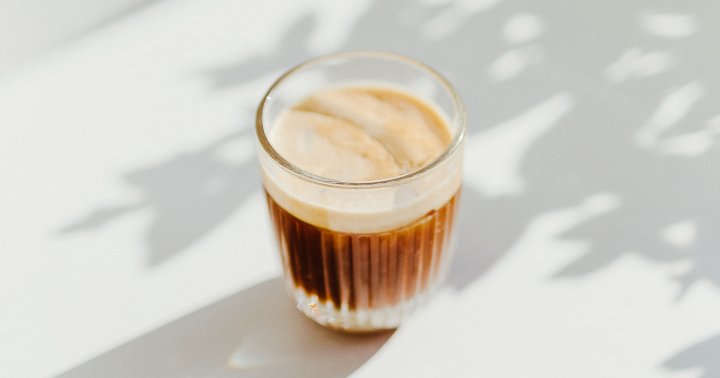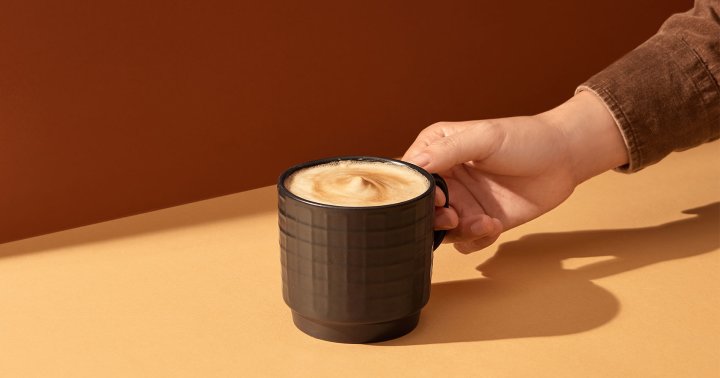How To Apply Natural-Looking Concealer Like The Pros Do
Talk about a flawless finish.
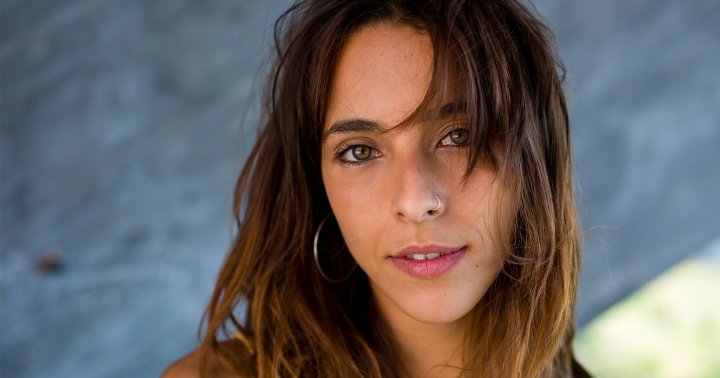
Want to know why professional makeup often looks so effortless and natural? It’s because makeup artists are masters of light and color. When they look at a face, they are able to play into the dimension of how light reflects off the high points versus low points. They don’t see one skin tone: they see several across the face, and so they enhance each area with a hue to match. The end result is skin that looks like skin—not a blanketed wash of one-note foundation.
And even us amateurs can take a few cues from this precision. Namely? Time to bulk up your concealer collection: Only relying on one shade of concealer can make your skin look flat and the product often obvious. But using multiple shades, each tailored to the area and skin concern, will impart a soft, natural-looking finish.
Take it from none other than Bobbi Brown, iconic makeup artist and brand founder of Jones Road Beauty. Recently she was a guest on our beauty podcast Clean Beauty School, where we discussed some of her best application tips. Here, why she believes people should have concealer wardrobes.
How to use concealer to get a natural-looking, fine-tuned finish.
Now, I’d be remiss not to remind you that before you even think about makeup, you should tend to the skin itself. Brown recommends layering different hydrators and face creams until your complexion is supple and plump.
From there, Brown starts with the under eyes, where she uses a lighter shade of The Face Pencil. “You need light under the eyes because it’s darker under there,” she says. We should note that this isn’t just a problem for those who tend to get moody circles; the area can appear darker simply due to shadows, so adding some brightness will help the eyes pop. “It always helps to lighten the area just a bit, especially around that little socket in the inner corner of the eye. It shouldn’t look too light [compared to the rest of your complexion], just a bit brighter than your skin tone.”
Then she tends to any discoloration around the nose and mouth, blemishes, and dark spots—but here’s the key: “These are usually all different colors,” says Brown.
“Think about it: If you used the shade you used for your undereyes on any other part of the face, it would make that area standout instead of blend in. Then the color you need to match your forehead will probably be a slightly different shade than that of your cheek or nose,” she says, noting that the forehead tends to get more sun and therefore is often darker. “Just put some concealer on it and then blend it out so it matches the rest of the skin.”
Perhaps not all that shockingly, but getting natural-looking makeup takes a more precise hand than the alternative. But the outcome is all-the-more worth it.

 BigThink
BigThink 







